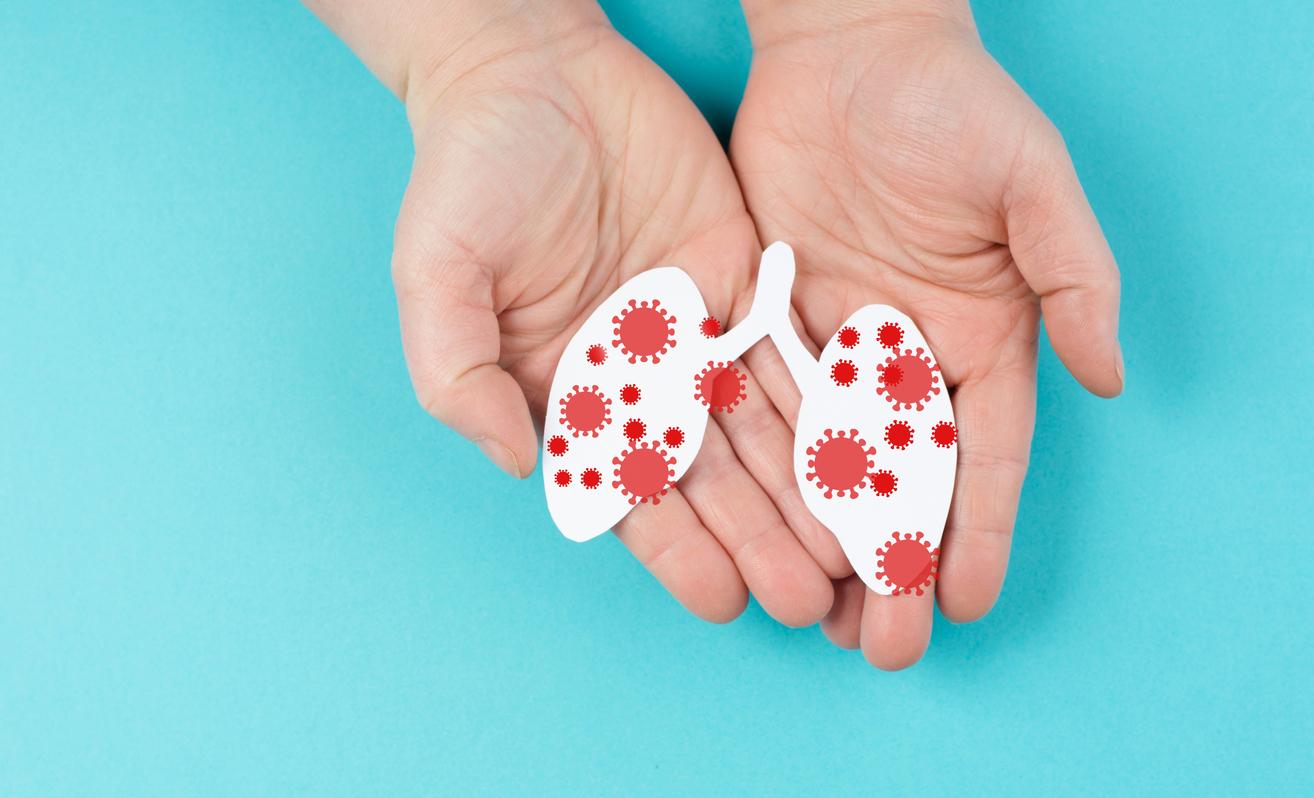This Monday, October 5, the Royal Swedish Academy of Sciences awarded its Nobel Prize for Medicine to three British-American researchers for their discovery of the hepatitis C virus. How has this discovery changed the world?

- The 2020 Nobel Prize has been awarded to three virologists for their work in identifying an unknown virus, discovering its genome and understanding its mode of action.
- These discoveries have made it possible to avoid many contaminations in the world. These results have also enabled the development of effective treatments such as direct-acting antivirals marketed since 2014, i.e. 25 years after this pioneering work.
The year 2020 smiles on virologists. After their highlight this year for their work on the coronavirus, it is now the turn of the Nobel Committee 2020 to reward them. The Royal Swedish Academy honored the work of the three virologists, Harvey J. Alter, Michael Houghton and Charles M. Rice, for their discovery of the hepatitis C virus in 1989.”It takes time to clearly see what discovery is important and how important it isassures after the announcement Professor Thomas Perlmann, Secretary General of the Nobel Committee for Medicine or Physiology. After 1989, when the virus was cloned, it quickly became apparent that this discovery was useful for serology [étude des sérums souvent en fonction d’une maladie, NDLR]. But there have been other steps, especially much more recent ones, such as the development of antiviral drugs that have been incredibly important for humanity.” A discovery whose repercussions continue to improve our lives decades later, so there is no temptation to give precedence to a scientist struggling with Covid-19 for the moment.
These three scientists have each enabled the emergence of the current treatment for this chronic liver disease. Hepatitis C develops silently for years. Attacked by the immune system, the infected liver cells are gradually replaced by fibrous scar tissue. This deterioration in the state of the liver causes cirrhosis in 10 to 20% of patients after 10 or 15 years. “The liver is then no longer able to carry out its normal functions and serious symptoms appear: haemorrhages in the esophagus or digestive tract, ascites (liquid present in the abdomen), edema…” reminds Inserm. They can also develop liver cancer.
The turning point of direct-acting antivirals
If the development of screening dates from 1989 and has made it possible to limit contamination by blood transfusion, the major breakthrough in the fight against this disease dates from 2014, i.e. 25 years later. Before that date, the development of a vaccine against hepatitis was not effective, and patients with this disease received two molecules – pegylated interferon and ribavirin – lasting for 6 to 12 months and effective in 40% of cases. . The remaining 60% were in a therapeutic impasse. However, in 2014, new “direct-acting antivirals” (DAAs) were marketed against hepatitis C and treated nearly 100% of patients after a course of 2 to 3 months. “Due to the effectiveness and the expanded prescription of new treatments, the number of patients has been constantly decreasing since 2014”. assures Inserm which recalls that 232,000 people suffered from chronic hepatitis C in 2011 compared to 193,000 in 2016.
A benefactor revolution which however has a salty price: count a cure at 40,000€ per person when it is marketed. A high price that weighs on the finances of Social Security, and therefore, of all French people. The Ministry of Health decides to cap annual expenditure related to hepatitis C at 750 million euros. Two years later, other ADDs appeared on the market and competition drove prices down. Today, these ADDs cost around €28,000 per person, almost half the price displayed two years earlier. A more affordable price for rich countries but prohibitive elsewhere. “Worldwide, the stakes remain high: 70 million people would be chronically infected – i.e. 1% of the world’s population – and more than 350,000 people would die each year from the consequences of this disease”. reminds Inserm.
The discovery of the virus in 1989 allowed the development of new drugs but also a better understanding of its spread. If yesterday, hepatitis C was mainly transmitted by blood transfusion, today it mainly affects drug users who become infected by sharing equipment (syringes, sniff straws, compresses). Sometimes improperly sterilized tattoos, dental care, or acupuncture tools can also be contaminants. According to the Research Institute, hepatitis C is the only chronic viral disease that can be cured. A great feat.
.















